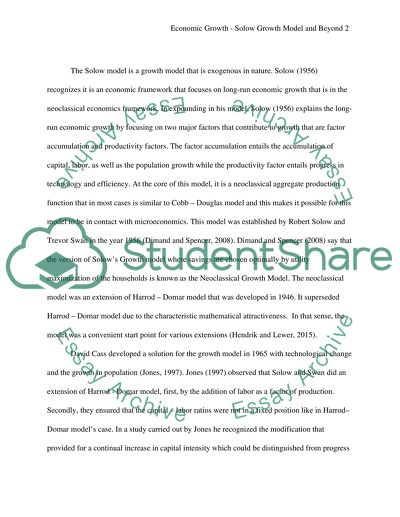Cite this document
(“Economic Growth - Solow Growth Model and Beyond Essay”, n.d.)
Economic Growth - Solow Growth Model and Beyond Essay. Retrieved from https://studentshare.org/macro-microeconomics/1693541-economic-growth-solow-growth-model-and-beyond
Economic Growth - Solow Growth Model and Beyond Essay. Retrieved from https://studentshare.org/macro-microeconomics/1693541-economic-growth-solow-growth-model-and-beyond
(Economic Growth - Solow Growth Model and Beyond Essay)
Economic Growth - Solow Growth Model and Beyond Essay. https://studentshare.org/macro-microeconomics/1693541-economic-growth-solow-growth-model-and-beyond.
Economic Growth - Solow Growth Model and Beyond Essay. https://studentshare.org/macro-microeconomics/1693541-economic-growth-solow-growth-model-and-beyond.
“Economic Growth - Solow Growth Model and Beyond Essay”, n.d. https://studentshare.org/macro-microeconomics/1693541-economic-growth-solow-growth-model-and-beyond.


